
“There are not many actresses who will come right out with the truth,” wrote LIFE’s Los Angeles correspondent Alice Crocker in notes accompanying a September 1947 photoshoot, “when that means admitting a birthdate of April 5, 1908.” Bette Davis, frank and relatively unaffected throughout her career, was one of the few. Her freewheelingness and seeming lack of concern for her image shows through in this photoshoot, taken months after the birth of her daughter and three years before the first of her comebacks, as (ironically enough) a vain actress in the film All About Eve.
The images by Loomis Dean were never published in the pages of LIFE, but Crocker’s 11 pages of caption material and notes on the day, which were transmitted to Bob Girvin of the magazine’s photo department, survived in the LIFE archives.
Davis in 1947 was not yet the hardened warrior of FX’s miniseries Feud (in which Susan Sarandon portrays the early-1960s Davis as a star fueled by nicotine and resentments, aware both of the status she’s earned and how little it’s respected). These photos show someone fully in control of herself, but far more at ease than the Davis who made What Ever Happened to Baby Jane? such a lurid hit. The setups are startlingly intimate, for all that they follow the fairly typical framing of “a star in their downtime.” Davis seems not at all to be playing to the camera even when obviously posing with her husband, William Grant Sherry. She’s lost in reverie, or selling us on the idea that she is.
The notes make clear just how difficult living in the public eye could be, even in a far less media-saturated age than our own. “There are not many people (much less actresses) with figures to worry about who at 39 would be willing to go thru [sic] the effort of having a baby,” wrote Crocker. “However, the common rumor is that she has wanted a baby for some time and husband number three was acquired for that specific purpose.” (She notes, without apparent irony, that this has “a malicious note which can probably be discredited.”) Davis seems unconcerned with any such speculation, even as the very fact of her opening her life to magazine cameras implies some sort of need to reclaim her narrative. Sitting on the wheel of a plane, she smokes in a pantsuit and loafers and looks away from us, as though something very enticing is happening just out of frame.
These pictures depict her at the end of something — the age she freely admitted to was catching up with her, limiting the roles she and her studio, Warner Brothers, could agree on. But she was at the beginning of something, too, having only just become a mother and putting the pieces together for an unlikely second act, one that capitalized on her skill at framing herself in just the right light. The year after these photos were taken, Davis’ June Bride would stanch some of the wounds her career had sustained after successive flops; then, in 1950, All About Eve would relaunch her as a grande dame of the screen. It’s a role that would bear many similarities to the Davis we see just three years prior — Eve protagonist Margo Channing is frank and bawdily witty in private, though in public she’s a glamour-puss in a way the trouser-clad Davis isn’t. If we saw the character at home, it’d be in full makeup and jewels, not a two-piece bathing suit.
The Eve role used what was best of Davis’ star persona but refracted it through the cinematic style of the time, putting hauteur and intellect in an Edith Head gown. Later on, What Ever Happened to Baby Jane? was a “vanity-free” performance whose ghoulishness only emphasized the still-radiant beauty of the off-screen Davis, and got her plenty of accolades for her bravery.
What’s startling about these photos, and what makes them a part of Davis’ legacy of clever self-invention, is their merger of un-cinematic openness — framing Davis as relaxed and calm in a way her brilliant, troubled characters never could be — with artifice. It may be un-diva-ish to wear trousers while pushing a plane to takeoff, but Davis is still making sure her plane is documented, and its name, “Now, Voyager,” is that of one of her biggest screen hits. As for husband Sherry, who seems unmoved by the camera’s gaze even as he shows off his well-developed physique, Davis made sure he came across in his best light. Crocker noted that due to his heavy stubble, Davis made him wear stage makeup for color pictures “so he won’t look like Frederick Barbarossa.”
Davis would divorce Sherry in 1950, the year of Baby Jane’s release, and marry Gary Merrill, her All About Eve costar. The spuriousness Crocker put forward in her notes was fair (if sharply worded). But Sherry barely registers in the photos — it’s all, always, about Bette, who manages to make you feel as though you’re intruding on private moments even with all the stage-management of a photoshoot around her. It’s another brilliant performance.
Liz Ronk, who edited this gallery, is the Photo Editor for LIFE.com. Follow her on Twitter @lizabethronk.
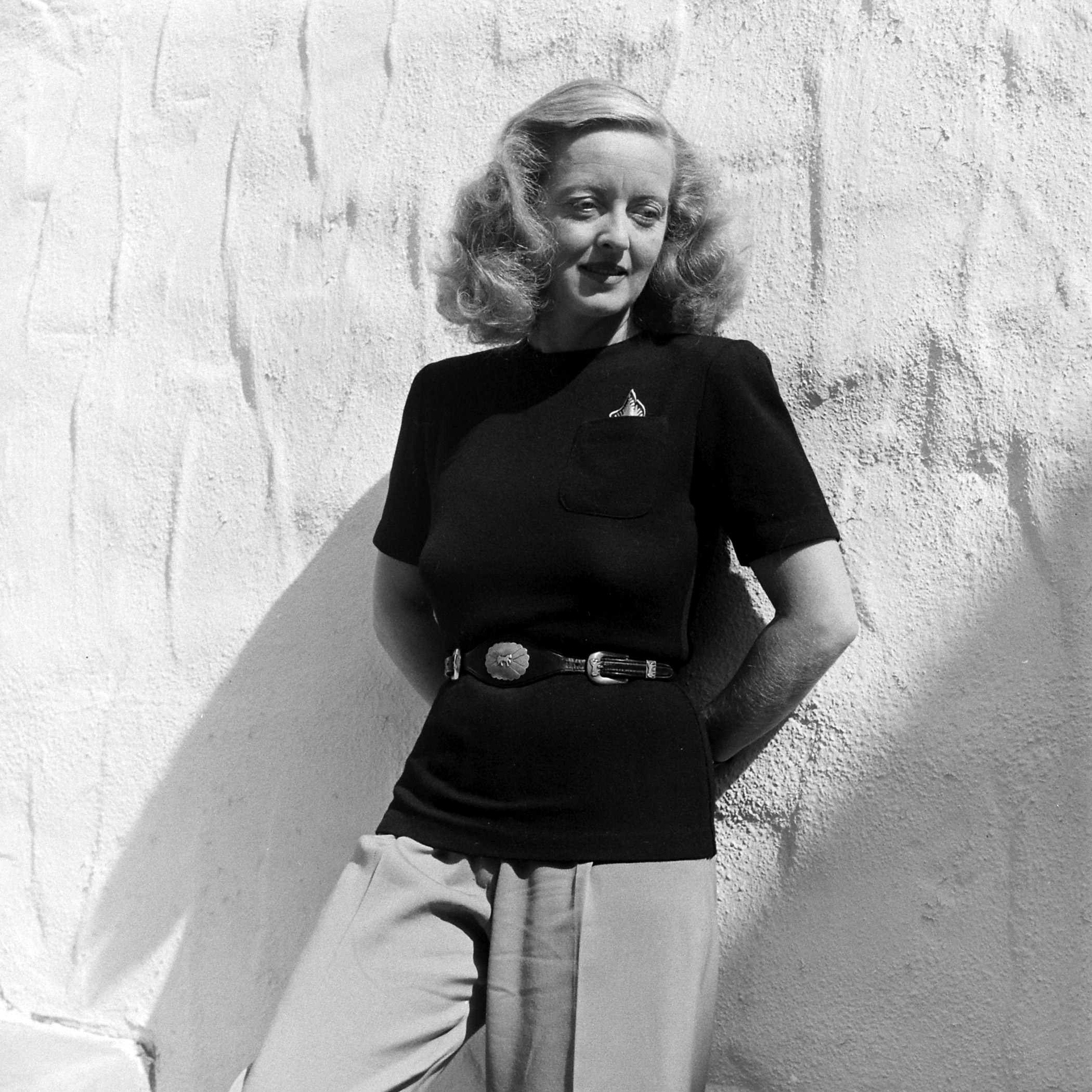

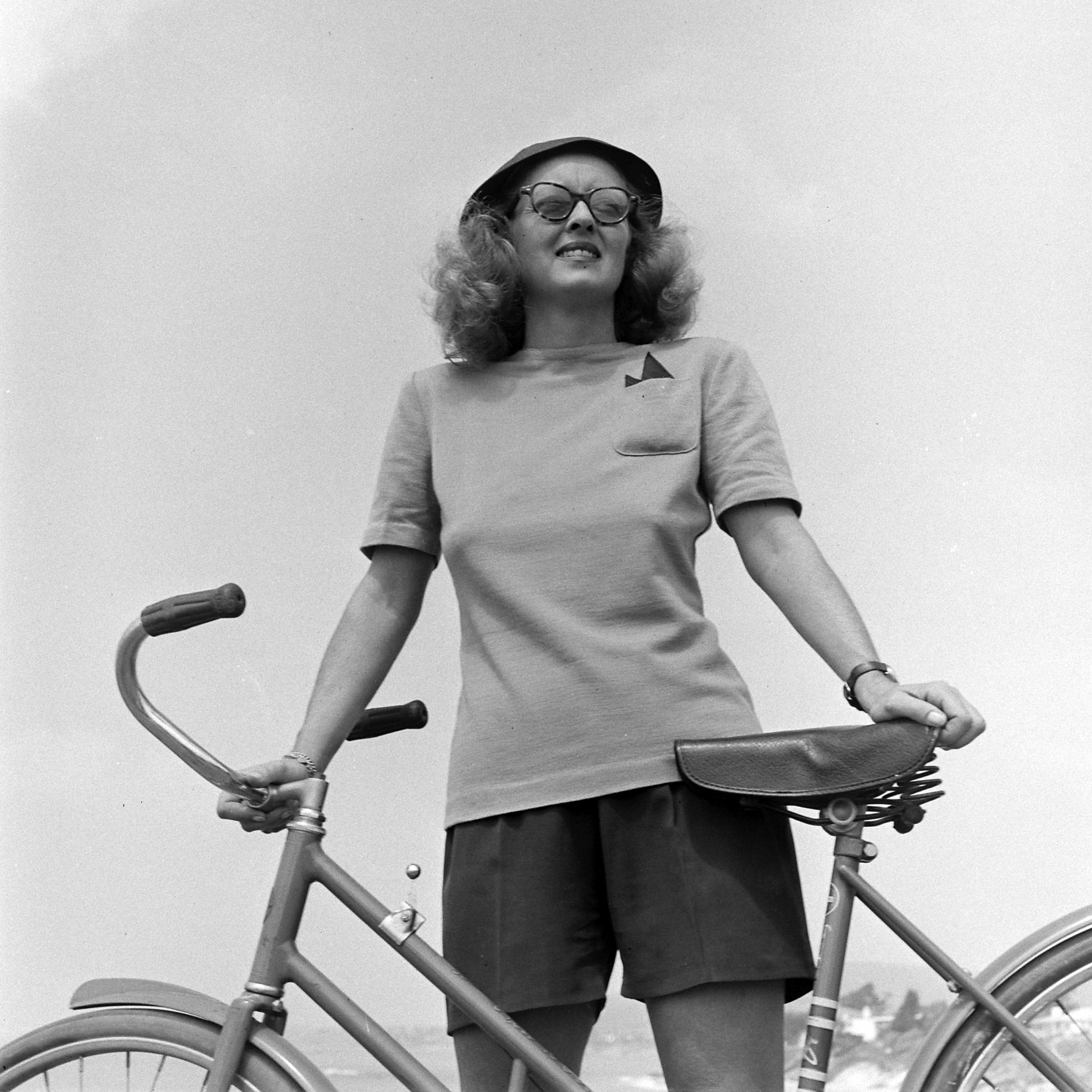
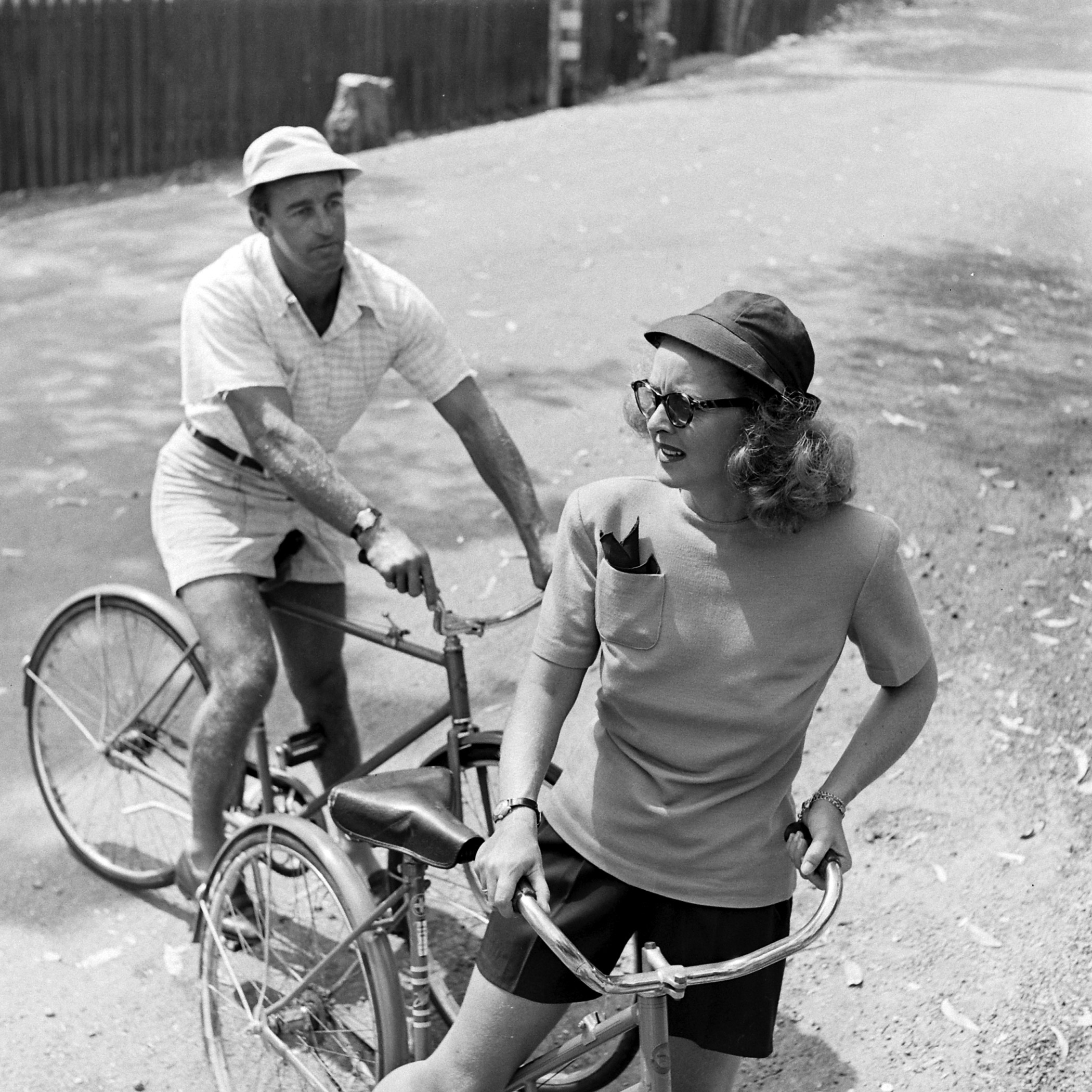
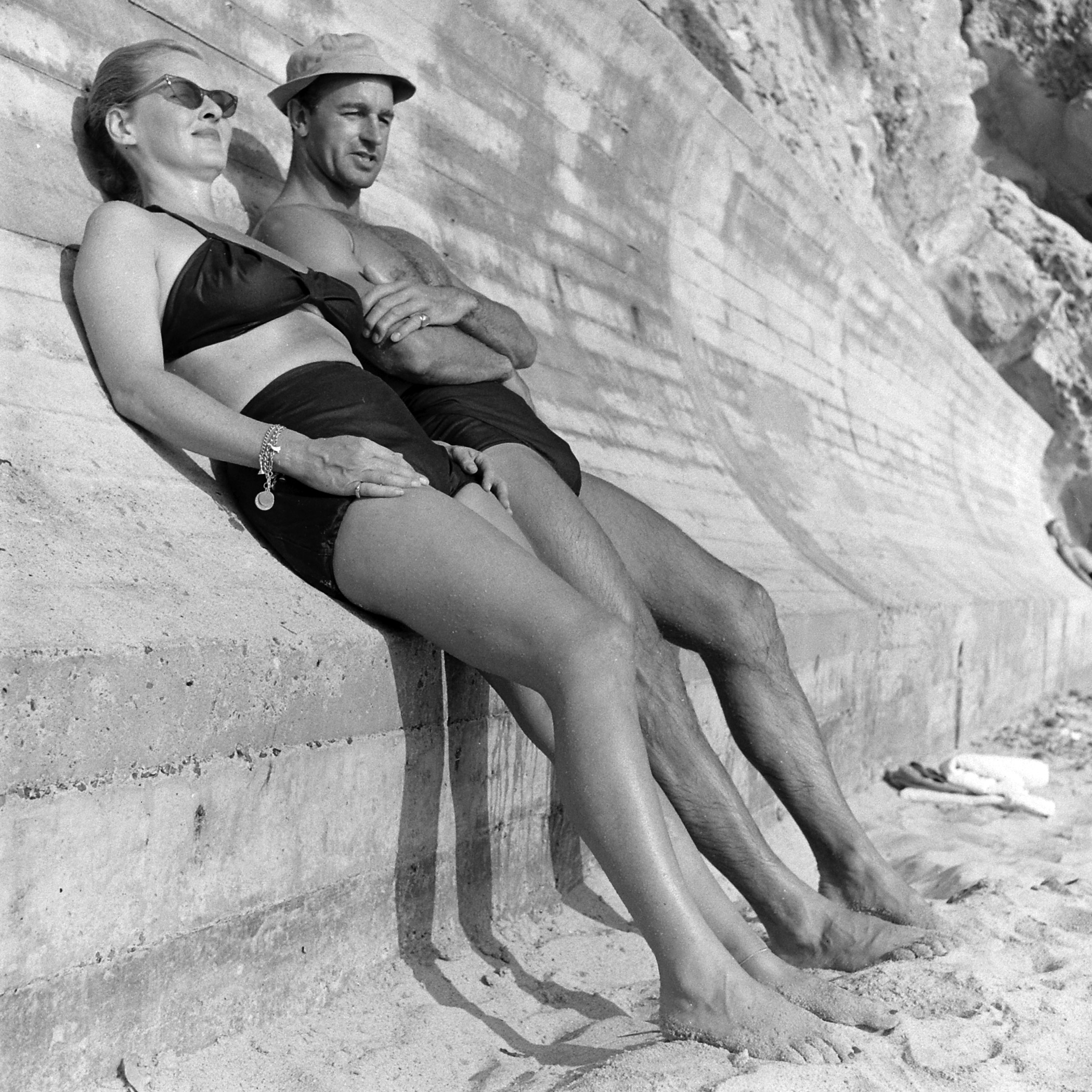
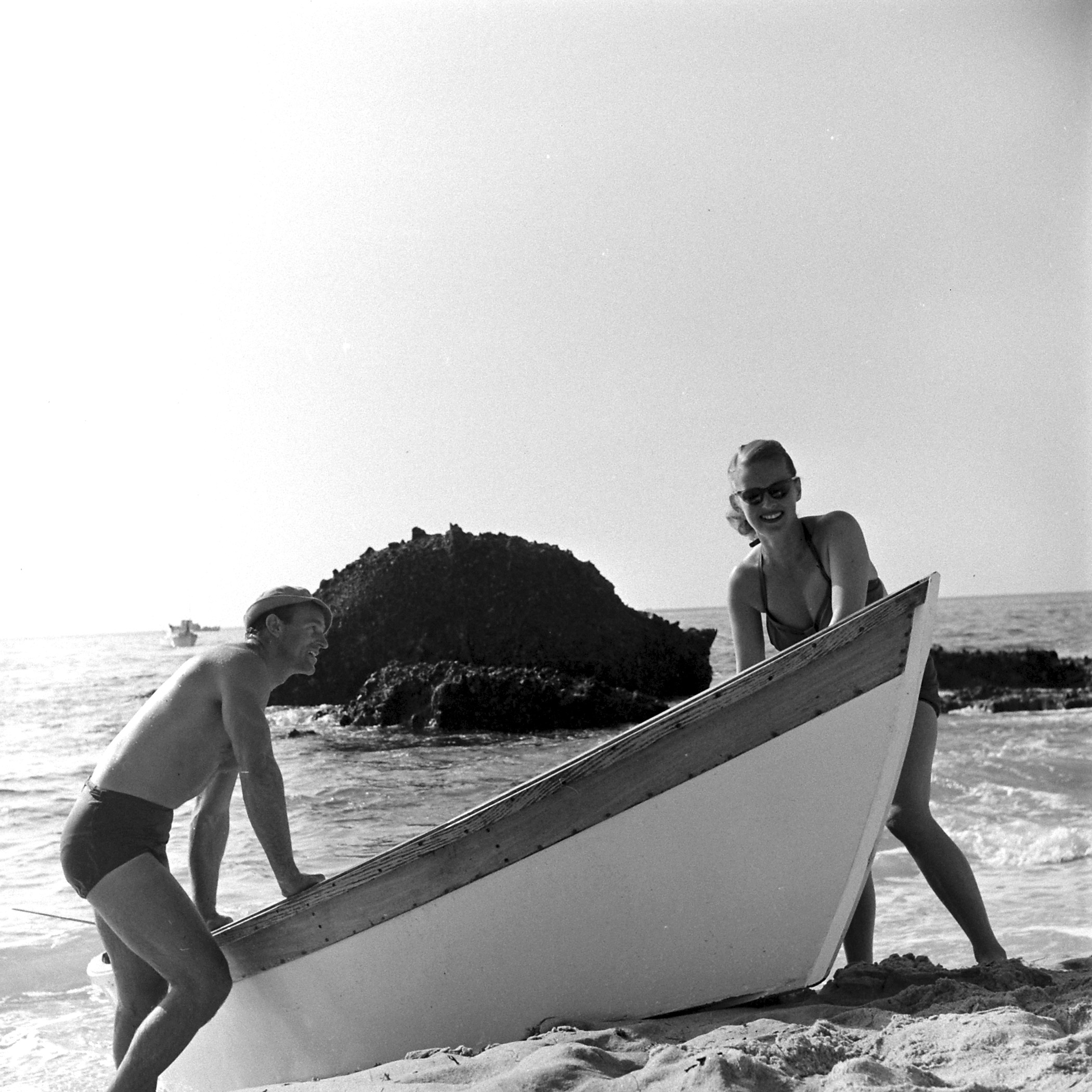
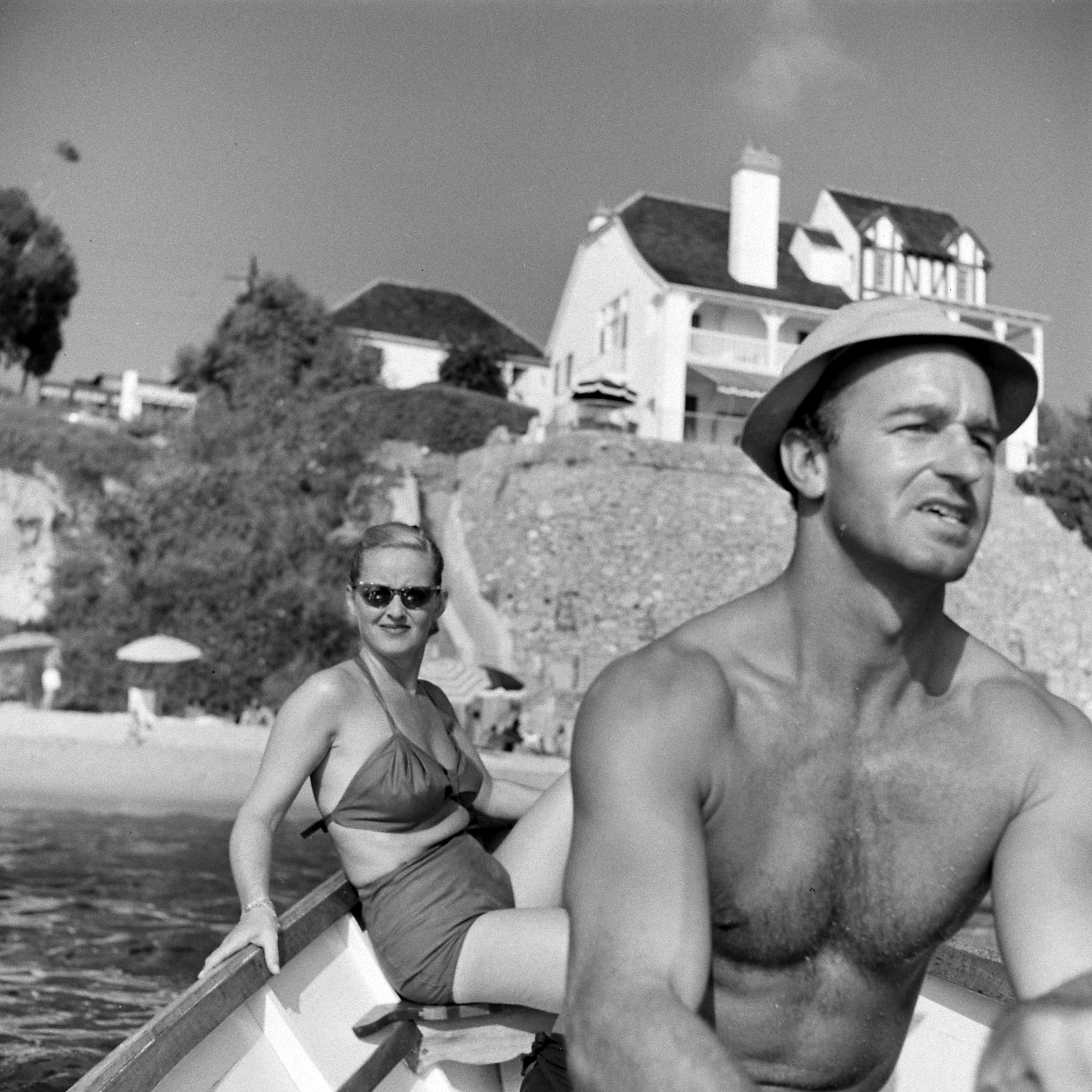




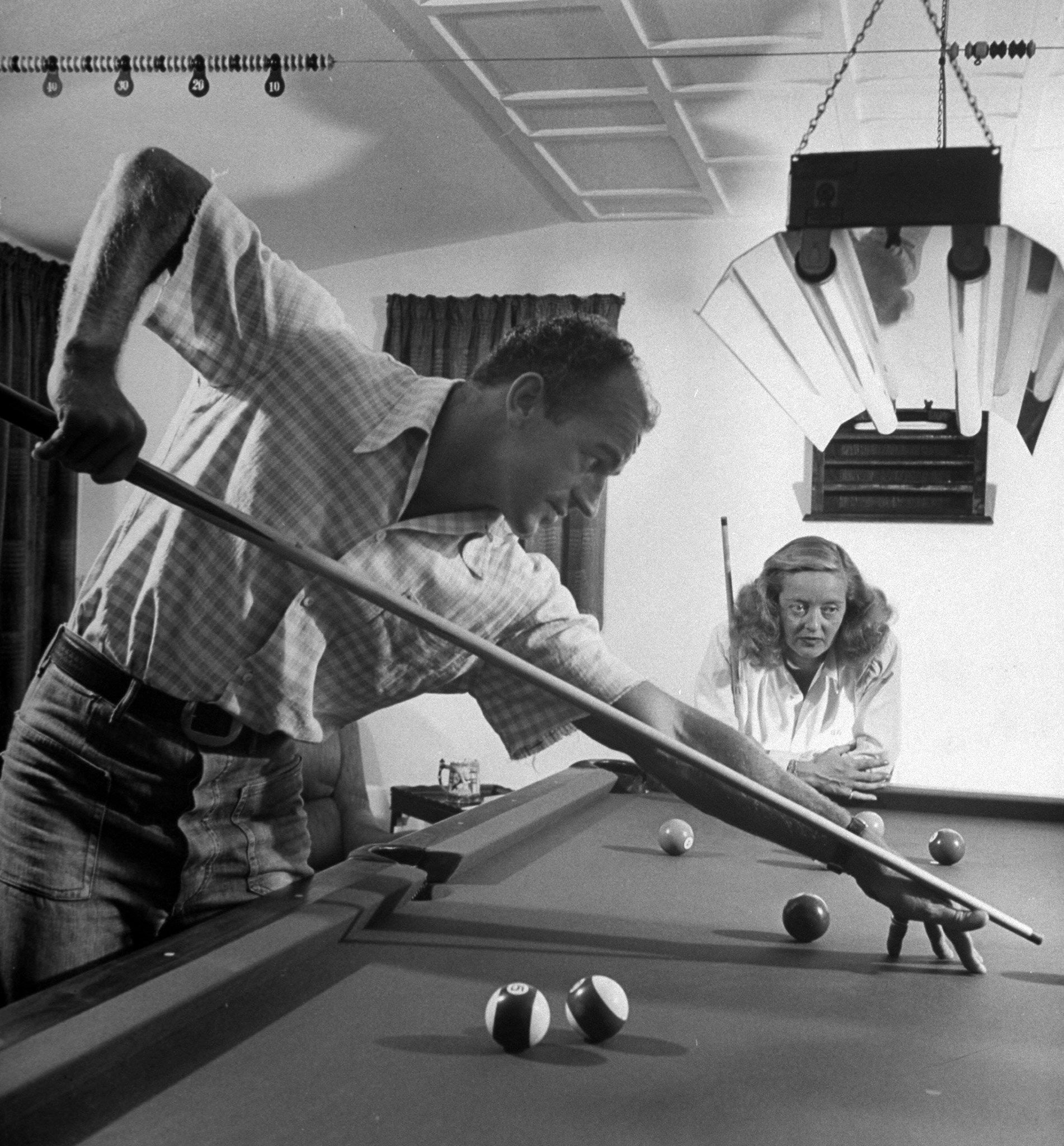


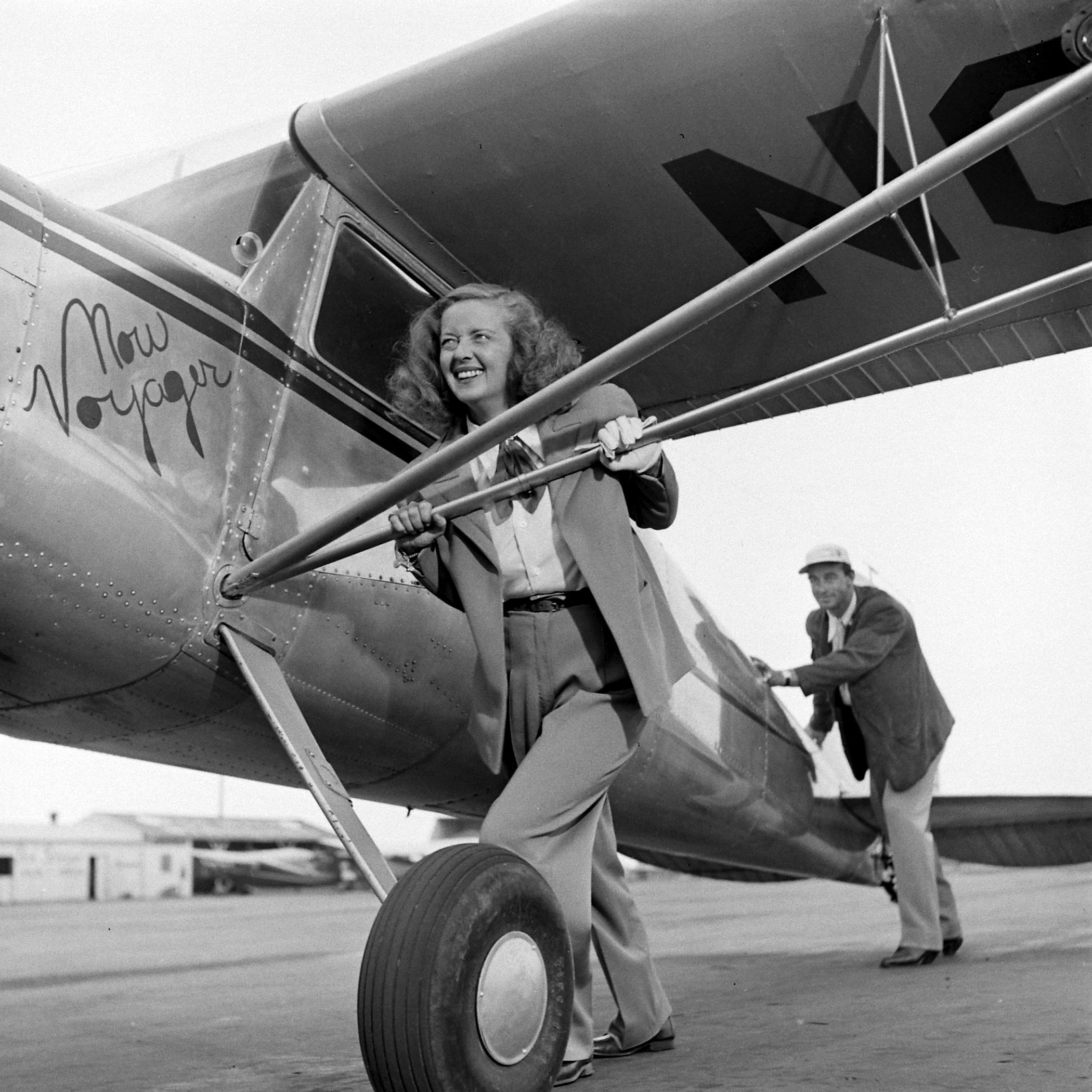

More Must-Reads From TIME
- The 100 Most Influential People of 2024
- The Revolution of Yulia Navalnaya
- 6 Compliments That Land Every Time
- What's the Deal With the Bitcoin Halving?
- If You're Dating Right Now , You're Brave: Column
- The AI That Could Heal a Divided Internet
- Fallout Is a Brilliant Model for the Future of Video Game Adaptations
- Want Weekly Recs on What to Watch, Read, and More? Sign Up for Worth Your Time
Contact us at letters@time.com